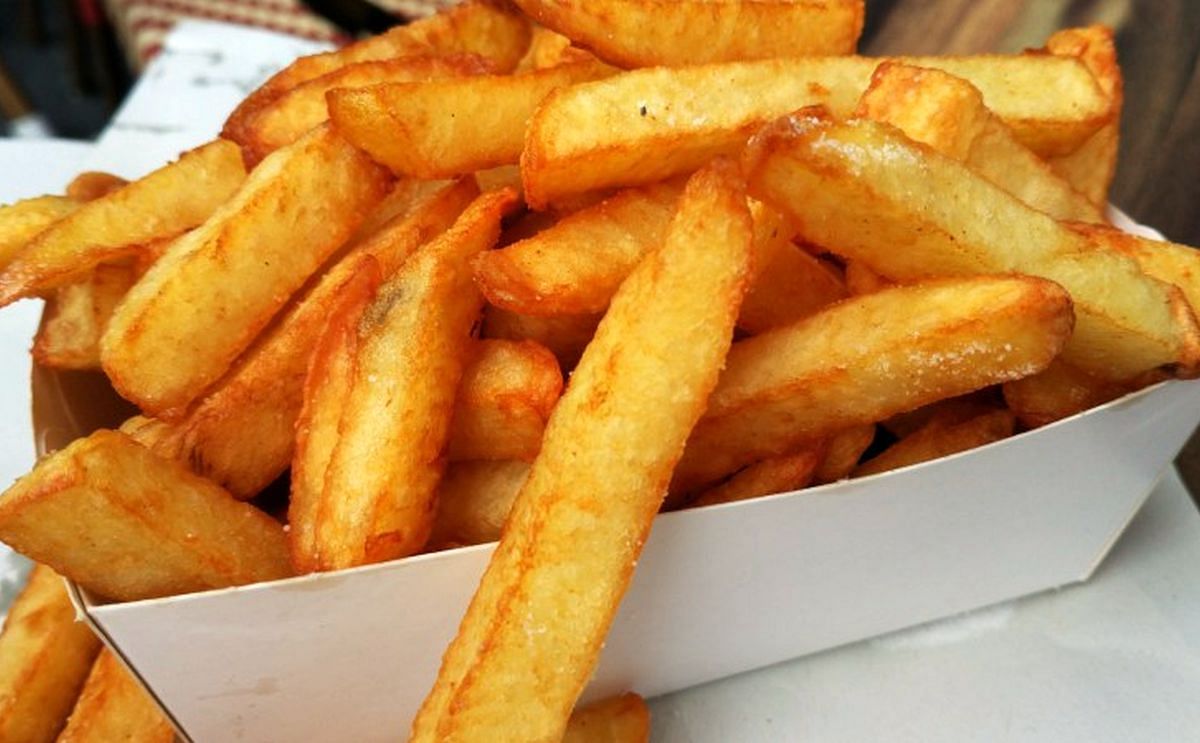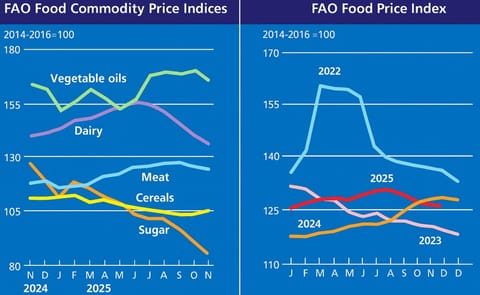Restaurant closures have slashed demand although ‘chip sales have been great,’ says official.
Plummeting french fry sales has potato growers re-evaluating

French fry sales are down across North America as tens of thousands of restaurants have closed during COVID-19, which means the potato industry has to adapt quickly.
Companies that turn potatoes into french fries, wedges, and hash browns are slowing down because there isn’t enough space to store all the frozen products.
In Alberta and Manitoba, potato processors have been short potatoes because of poor harvest conditions last year — with more than 20,000 acres 'being abandoned in farmers’ fields,' according to the United Potato Growers of Canada.
That had led to french fry processors in Western Canada importing potatoes from the U.S., but that’s now ceased, said the general manager of that organization.

Kevin MacIsaac, General Manager at United Potato Growers of Canada
“Customers will understand they have enough potatoes in their own storages now to get to the end of their marketing season.”But while french fry sales have stagnated, potato chip sales are up. And people still have a way to get restaurant fries.
“Chip sales have been great.”
“Fresh potato sales were really good at the start. They’ve leveled off now as people have shopped and got what they need.”
“We probably will expect another little bump in fresh sales at the end of Easter weekend.”
“We’re fortunate in Canada that our drive-thrus are still open.”
“In Europe, some of our quick-service restaurants like McDonald’s, they’ve closed the whole restaurant. That’s been really difficult for them to have no sales out of that building.”
Delivery services such as Skip the Dishes and DoorDash are also maintaining some french fry sales to restaurants, he said.
Meanwhile, his organization is trying to figure out the number of potatoes in storage so it can forecast how much production will be needed this coming year.
Kevin MacIsaac:
“Some became unexpectedly available on the marketplace, so we’ve got to calculate those figures first from each province and figure out where that comes in.”











